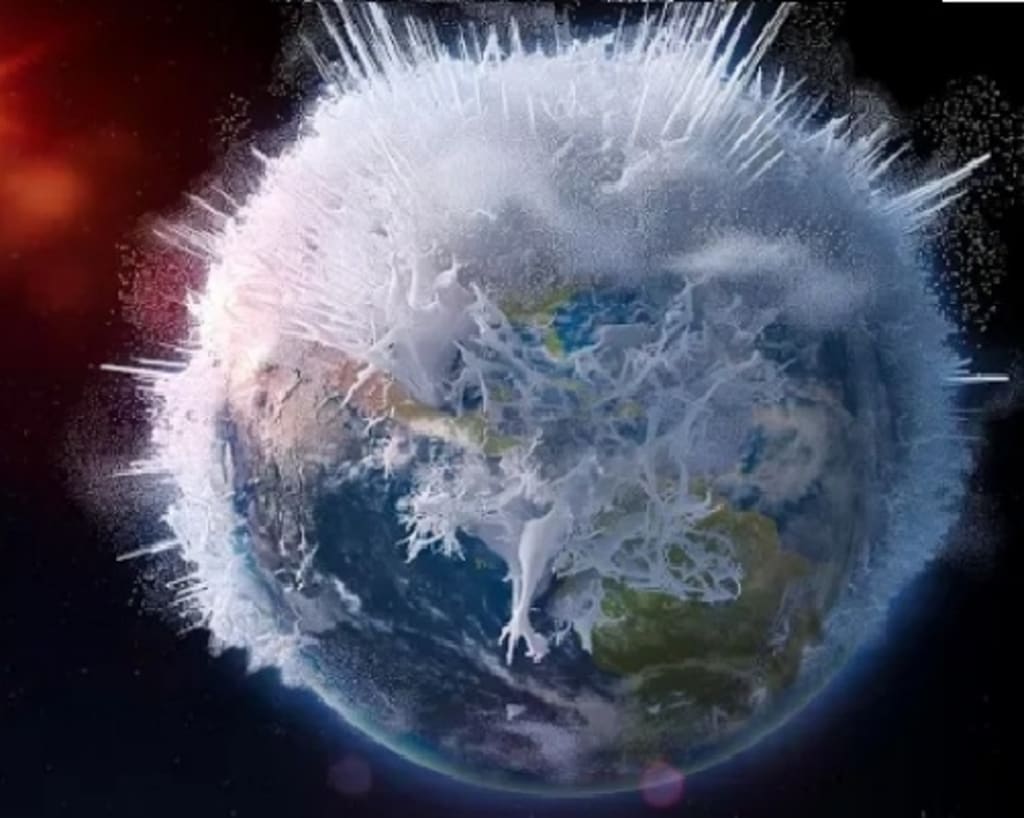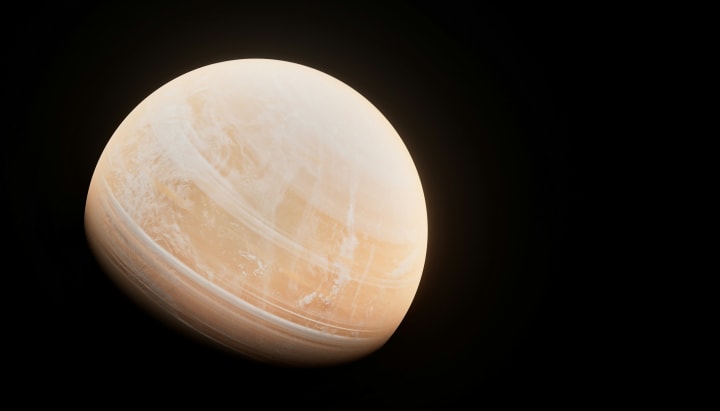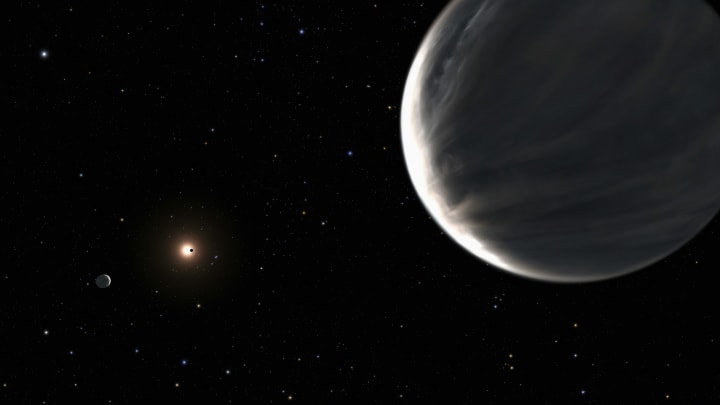The Burning Ball of Ice
This is One of the Strangest Planets in Our Universe

Have you heard of the exoplanet nicknamed the “burning ball of ice”? It’s one of the most mysterious planets in our universe, and for good reason. This exoplanet can reach temperatures of over 500°C, but the strangest part is that it has hot ice on its surface. How is something like this even possible? Could we travel to it one day, and how dangerous is it? This is What If, and here’s what would happen if you traveled to the hot ice planet.
Let's talk about how we can land on an exoplanet. First, we need to figure out how to get there. We'll travel 30 light-years away to the constellation Leo. It's a large constellation with nine main stars, one of which is GJ 436, a red dwarf star that is smaller and cooler than our sun. Around this star, you'll notice a planet, GJ 436b. It's about the size of Neptune and has a mass that's 22 times more than Earth's. Scientists discovered GJ 436b back in 2004 and have been curious about it ever since.
GJ 436b is an unusual planet. It orbits its star very quickly, completing a full orbit in just 2.5 days. In comparison, Earth orbits the sun in 365 days. GJ 436b's proximity to its star means that the star has a strong influence on the planet's behavior. One of the unique things it does is give GJ 436b a comet-like tail made mostly of hydrogen gas. Because of the planet's proximity to its star, the tail is moving away from the planet.
(picture)
GJ 436b is a planet with extreme heat that is causing its atmosphere to expand and escape. As a result, a tail is formed from the heat, radiation, and high-speed particles that are being released from the planet. It is advised to avoid the tail when approaching GJ 436b since it could cause damage to your spaceship. If you accidentally fly into it, your spaceship could melt due to the intense heat and be damaged by the debris.

Mercury, the smallest planet in our solar system, is known for its high temperature. InVideo AI is a tool that allows you to create videos with ease. You can make changes to the media, script, and voiceover to ensure it meets your requirements. This tool is free to use and has access to millions of videos, voiceovers, and music. If you need more advanced features, there is a paid option available without any watermarks. Starting at just $20 per month, InVideo AI offers an affordable option to create professional-quality videos. You can find more information about this tool in the description.
Okay, that’s enough lurking. It’s time to land on GJ 436b and see what it’s really like. As you approach this new alien world, you’ll realize it’s unlike any other planet you’ve seen. It’s got a thick outer layer comprised of hydrogen and helium gas. That’s strange for a couple of reasons, but first, do you feel that temperature? As you continue to explore this planet, you’ll notice it getting incredibly hot. Since it’s so close to its sun, GJ 436b can reach temperatures of over 500°C.
Normally, this would melt your spaceship and everything in it, including you. But let’s assume that we’ve given you the proper equipment to withstand this extreme heat and to continue exploring. As you fly around the planet’s atmosphere, you’ll be perplexed. Your sensors are reading hydrogen and helium as the only two elements to compose the atmosphere. At temperatures this high, it’s expected that methane would be part of the atmosphere. If we look at other planets in the solar system that are comprised of a lot of gas, methane is typically a key ingredient.

But that’s the thing, GJ 436b isn’t a gas giant. The further you get past its gassy atmosphere, you’ll find something that looks like a planet's surface. But this surface is unlike anything you’ve ever seen or even heard of. From up here, you’ll notice that the surface of GJ 436b appears to be ice-like, white, and crystallized, similar to ice you might find on Earth. Except there’s a significant difference. Remember, it’s extremely hot on this planet. How is this possible?
On Earth, water freezes at 0°C, but in space, things aren’t that simple and are also a lot weirder. Scientists believe that the hot ice on GJ 436b is composed of a rare substance called “hot ice,” or superionic water. This substance is created when water molecules are subjected to high temperatures and pressures. In this state, the water molecules break down into ions, which can conduct electricity. The result is a solid that’s both solid and liquid, with a texture similar to Styrofoam.
About the Creator
Enjoyed the story? Support the Creator.
Subscribe for free to receive all their stories in your feed. You could also pledge your support or give them a one-off tip, letting them know you appreciate their work.





Comments (1)
Test is not accepting comments at the moment
Want to show your support? Send them a one-off tip.